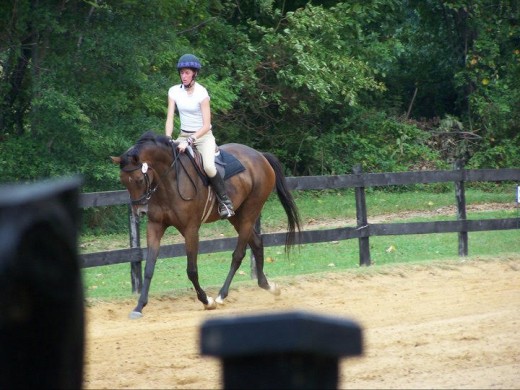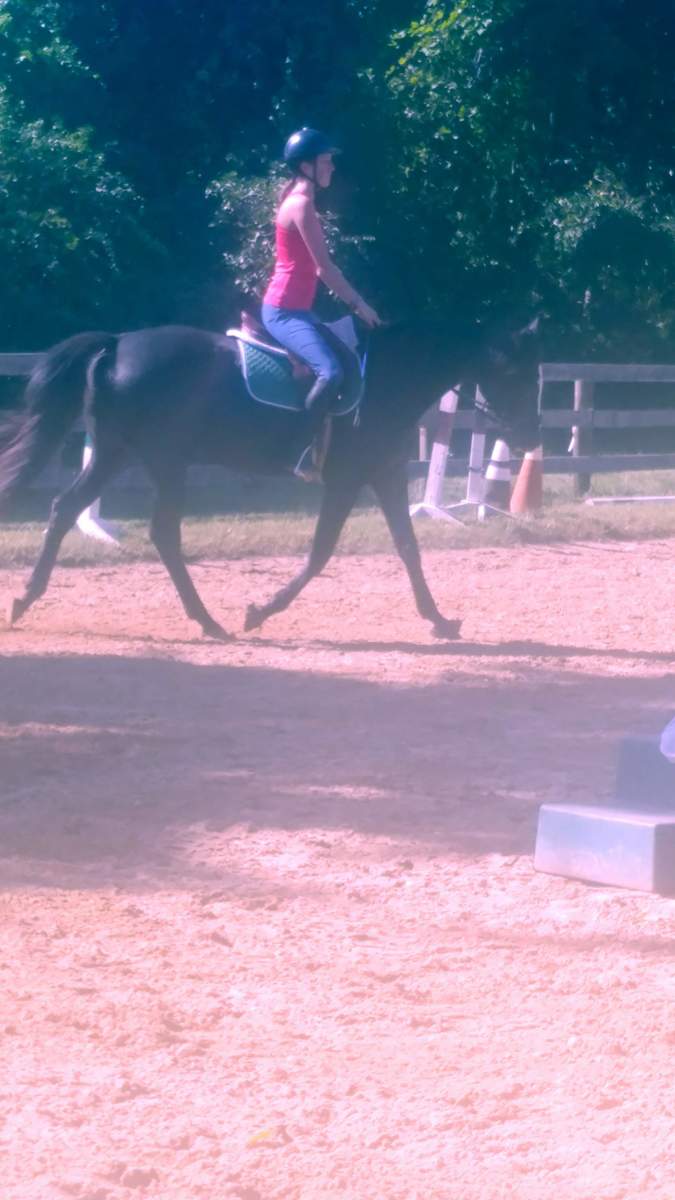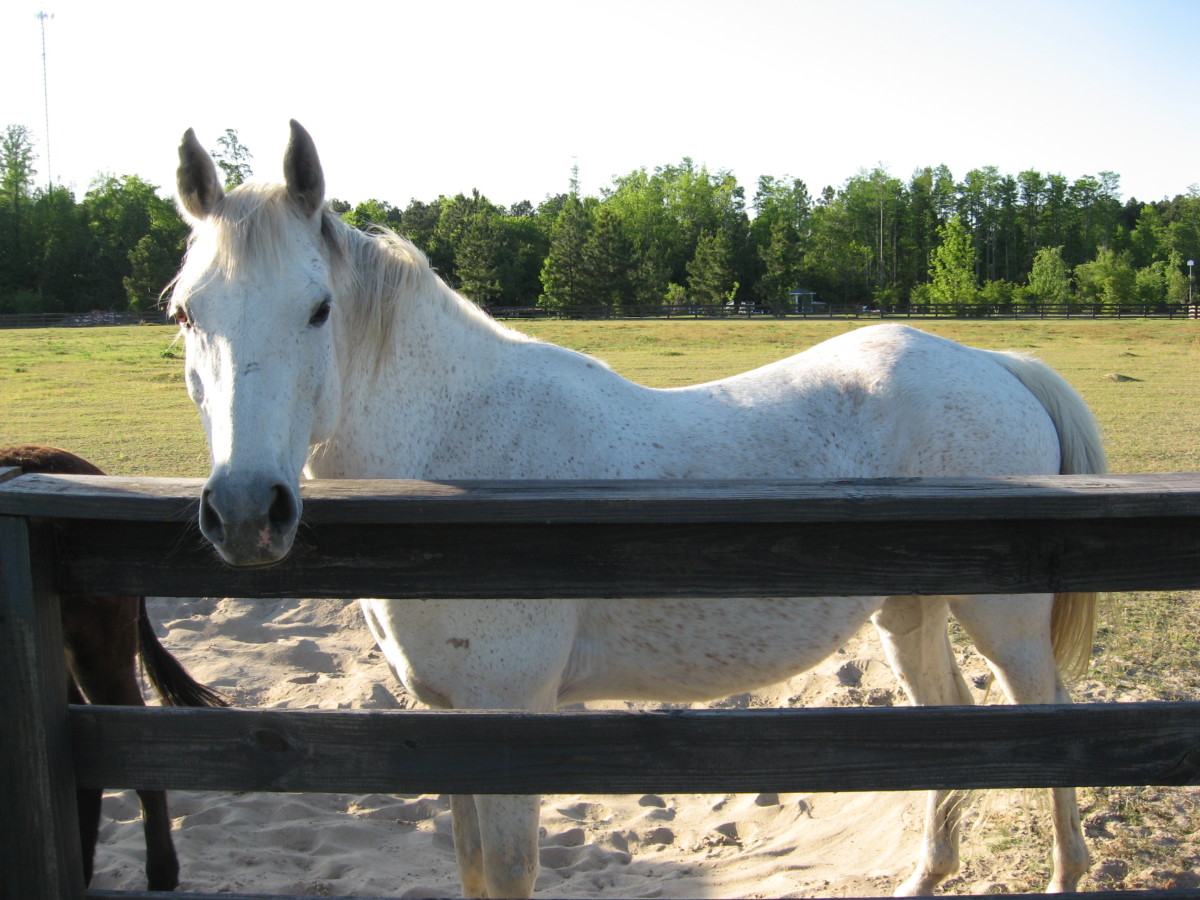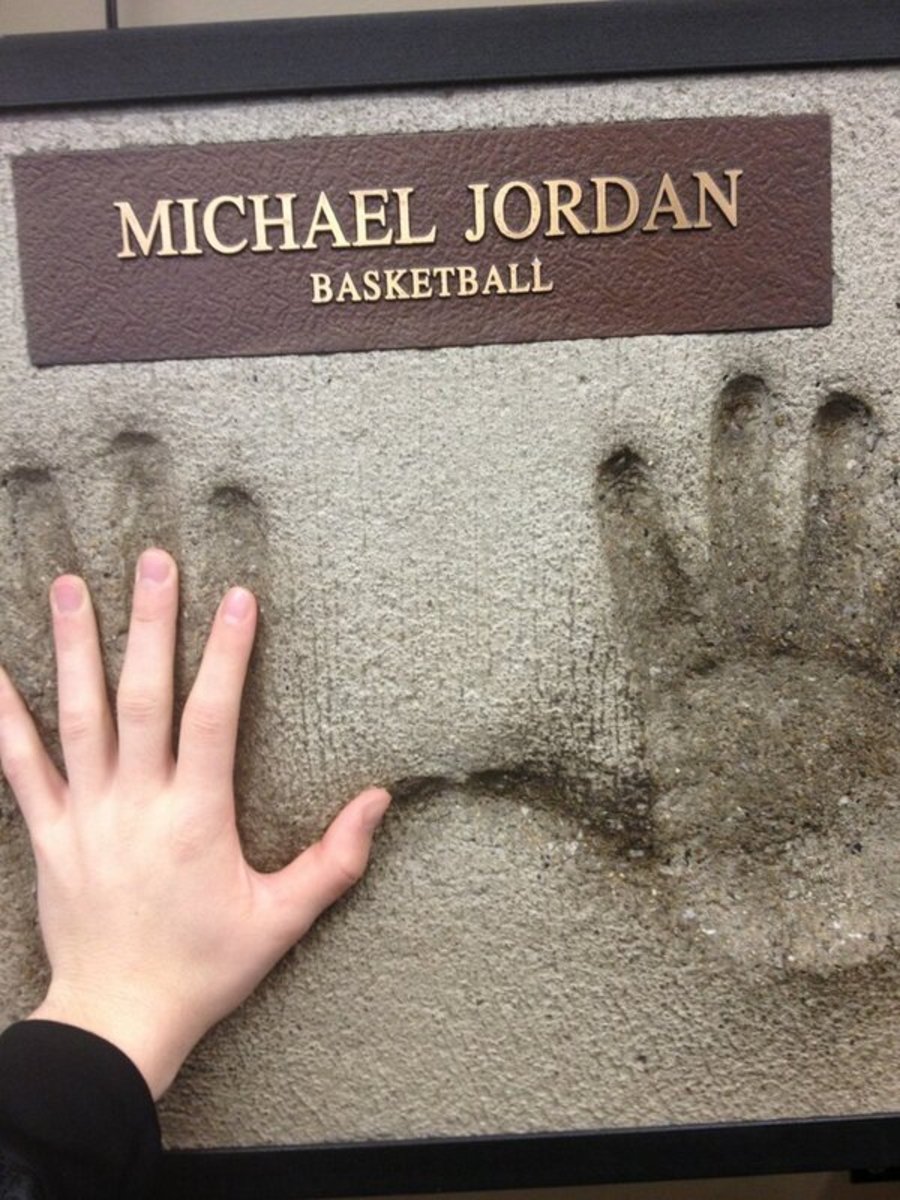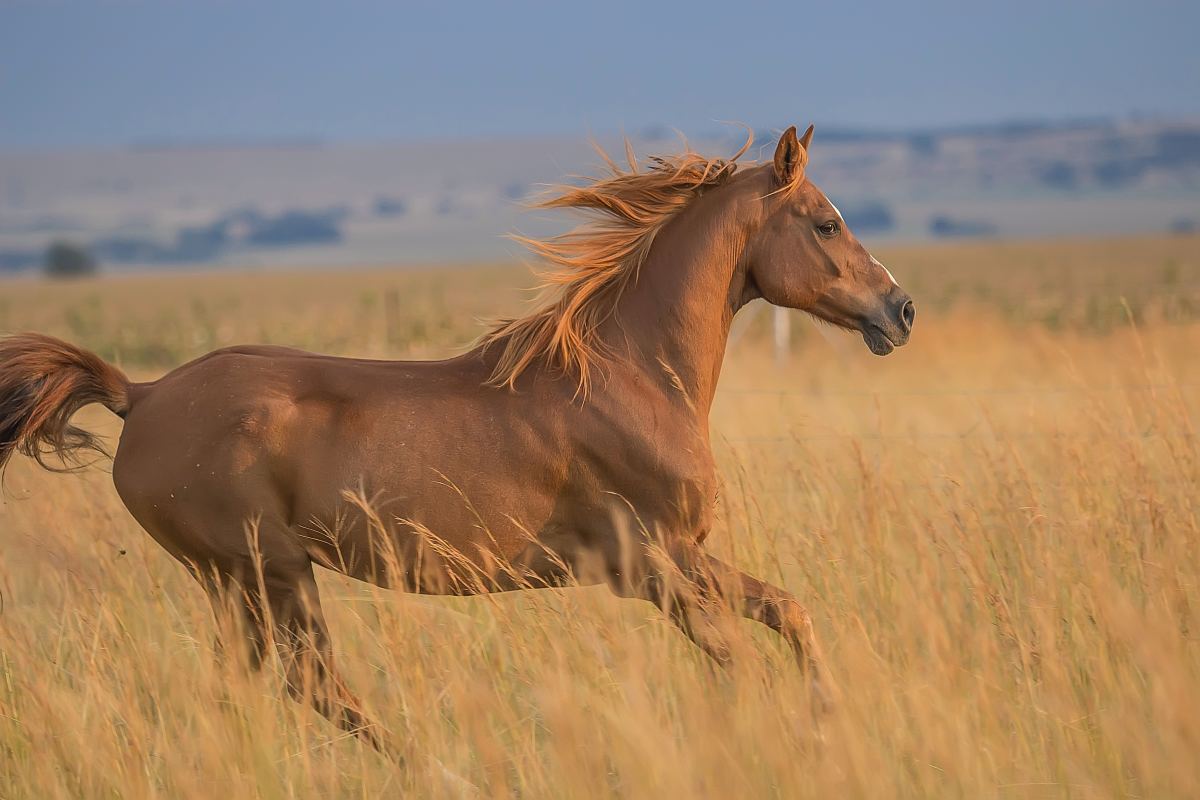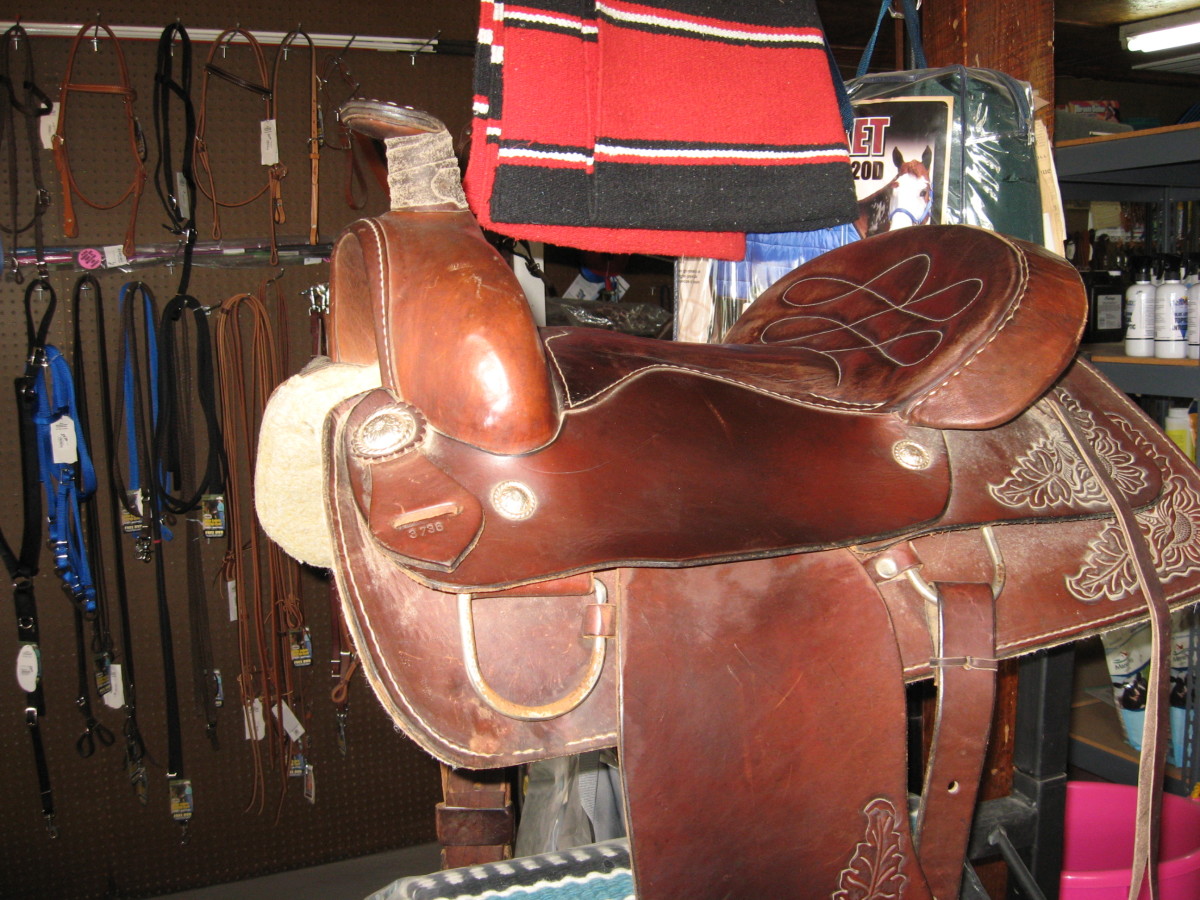What Does It Mean To Soften Your Hands?
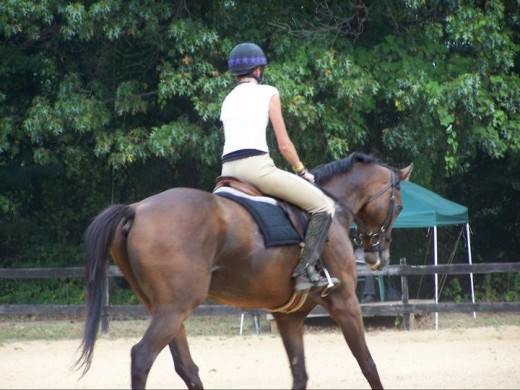
So What Does It Mean To Soften Your Hands?
When I tell my students to soften their hands, I'm referring to making their hands softer in response to getting the reaction you want from your horse.
Depending on what stage you are in learning to ride, softening can mean doing something different. What is always means is releasing the pressure on the bit.
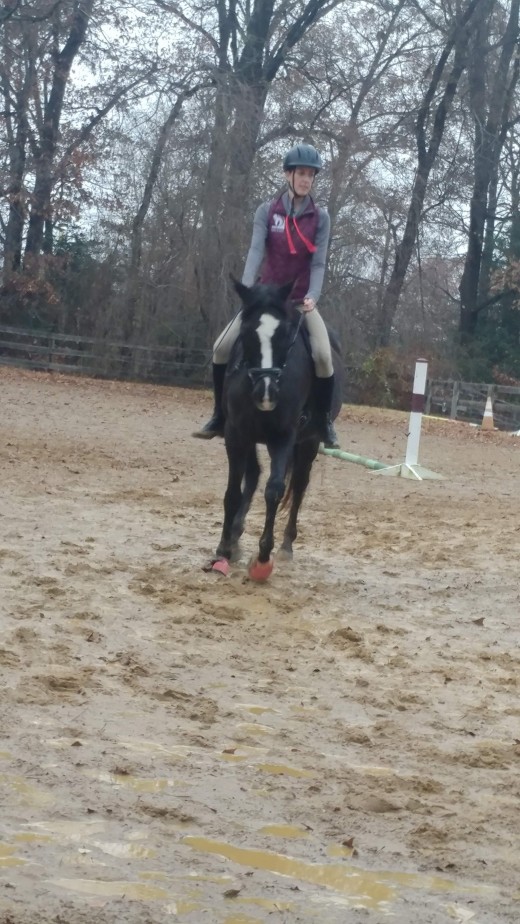
Pressure And Release
Basically, everything we train our horses to do, we use the tactic of pressure and then release. When we want our horse to stop, we pull back on the reins(pressure) when he stops as we asked him to, we release the pressure.
If we ask him to move forward we put pressure on with our legs or maybe our seat bones. When the horse moves forward as we wanted, we release the pressure.
For more advanced riders, we may be asking our horse to carry himself in a frame, stretching his back up and head down softly into the bit. In order to ask for this, we put pressure on with our legs, sending the horse forward. Our hands will be holding a soft, but solid contact. The horse learns that by lowering his head, we will release or soften our contact on the reins. As their back muscles get stronger and they get a better understanding of moving forward into a soft steady hand, that is when the horse begins to develop suspension and self-carriage in his gaits. Without our hands softening as a reward, telling him he put his head in the right place, he would never learn the concept of self-carriage.
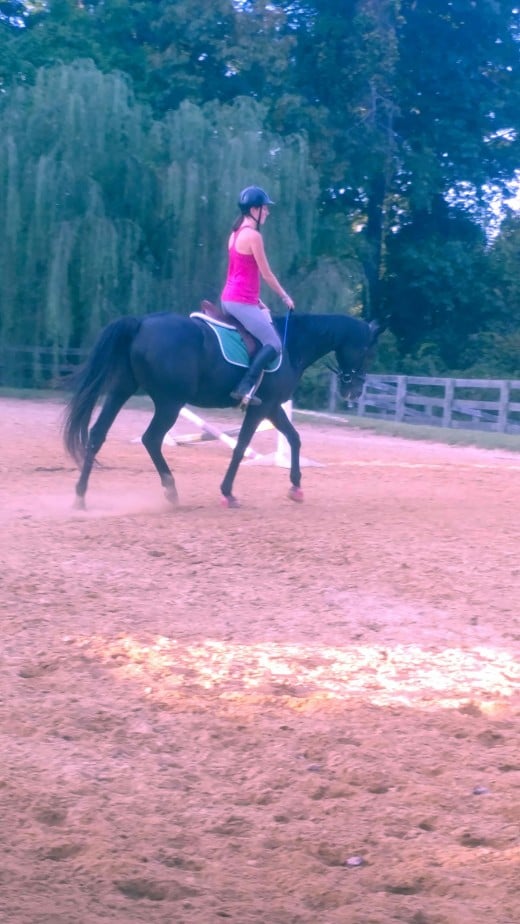
If You Always Hold You Will Always Have To
If you always hold pressure on the horse's bit all the time, you will always have to. Whether it be to slow him, turn him or ask him to do something special with his head, your horse needs you to soften your hands in response to him doing the right thing, so that he can put two and two together and figure out what you want.
For example, if everytime you want your horse to learn to carry himself in a frame, you need to ask him to lower his head by closing your leg and hand at the same time. When he stretches down into the bit, that is when you soften your hands. That is how we say in our silent language, good job, you did what we want.
If you always yank or hold your horses head down he will not learn the cue to do it on his own. You will literally have to yank his head down every time you want him down. The pressure is the only cue he knows at that moment.
We want them to know that when they do what we ask the pressure will go away, whether it be leg pressure or rein pressure. The horse learns to carry himself properly because you use pressure to ask him for something and softening to reward him for doing it right. If he does the wrong thing, you will put the pressure back on him, as soon as he does right, you take the pressure off.
If you ride this way, your horse will more easily realize what it is you want and that the softening is their affirmation that they did the right thing. If you never soften then they never get the reward they need. Meaning they will never realize what you want them to do and have that lightbulb moment that we are all always going for.
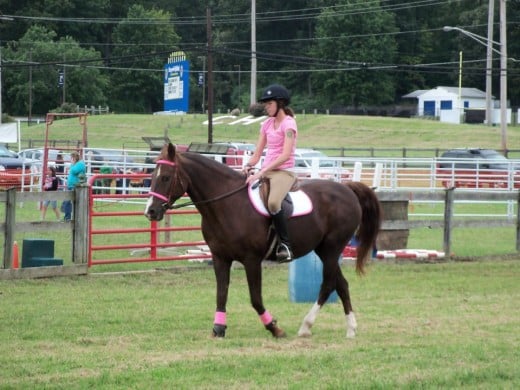
So Softening Means Giving?
Yes, but not in a literal sense. When I say soften your hands I'm telling you to lessen the pressure, move your hands forward to follow your horses head wherever it is it's going. A lot of times if a horse and rider are having a tense moment and I tell the rider to soften their hands, it's like you can almost see the horse take a deep breath and relax.
You take the tension away when their tension goes away. Then everyone is more relaxed. Relaxed horse and rider will communicate better, learn faster, not to mention have more fun!
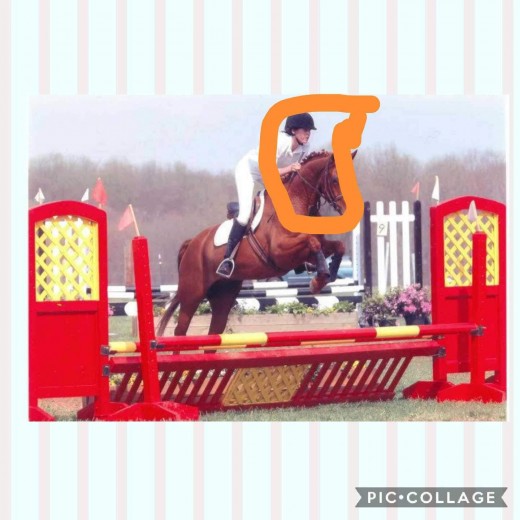
What Is The Trick To Softening Your Hands?
The first trick to mastering softening your hands is proper and position. Elbows bent and at your sides. Hands floating out in front of your body, basically between your belly button and the saddle.
Your reins should be short enough that you can feel the bit in your horse's mouth, but not feel like you are yanking on him. Do a little test, wiggle your fingers on your left rein. Do you feel it lightly in your right rein? That is what you want. Your hands are working together, and you have a connection you can feel with your horse's mouth.
If your reins are too long, you will have to move your arms too much to find contact with the bit, making everything very awkward. You won't know when to soften if you don't have the contact you need to have a connection with your horse's mouth. A good rule of thumb is to have a soft straight line from your elbow to your hand to the bit.
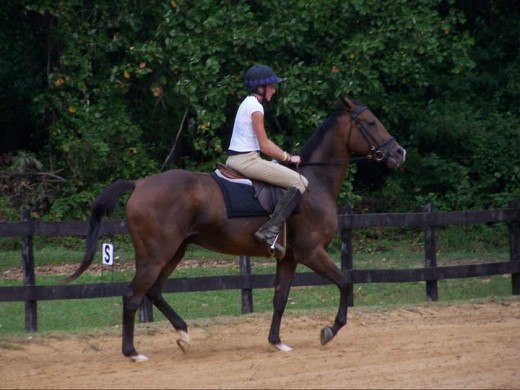
So How Do You Soften?
If you have that connection I described before, to soften your hands, all you will have to do is move your hand ever so slightly forward. You basically will gently follow his head with your hand when he does what you want.
For example, on a very basic level, you want the horse to turn left, you pick your left hand up and to the left, as soon as he turns the way you want, you take the pressure off with your left hand.
Softening is part of half-halting. if you want your horse to slow down within whatever gait he is in, you close your hand. Your hand closes until you feel him slow to the pace you want, then you put your leg on to keep him going at that gait, and soften your hand( take the tension or pressure away). That way you are telling your horse, for example, to keep walking but not stop. Maybe to keep trotting, you just want them to slow down a bit.
The importance of that straight line and proper rein contact is paramount in order to be able to soften effectively. You have to have a connection so that you can feel the horses mouth. Think of it this way, if you can't feel his mouth, he can't feel your hands!
Once you have a good connection, you just have to wait until the horse does what you want and gently take the pressure off, by following with your hand. You keep your fingers closed around your reins so you don't lose contact, but you let your hand follow and get softer. The horse will feel that and have that "ah-hah" moment, where he figures out what you want.

Don't Let Your Reins Get Too Long
Remember in order to soften your horse needs to be able to feel your contact with the bit. You don't want to soften by letting your reins get longer. The problem with that is that if you let the reins get longer, then you won't be able to effectively correct him if he makes a mistake again.
You keep a nice, soft, straight line with your rein contact, then you speak your horse's language by softening with your hands and taking the pressure away when he is doing what you want.
By keeping your rein contact the correct length, you will be able to make these corrections and rewards with just the slightest movement. A lot of times I will tell my riders to soften their hands when I like what the horse is doing. I will know that they did it, not because I see movement in the reins, but because I see the horse relax and go even better than before.
Riding Is All About Communication
Riding is all about communication with our horses. Frustrations arise when we don't realize that we have to communicate in the way the horse understands ( pressure and release).
You give your horse a cue, you soften your hands to tell him good job.
Horses love riders with soft, gentle hands. Your goal should be to ride with a rein contact that allows you to make the reins feel like elastic to your horse. Putting pressure on when necessary and giving softly when everything is going well, without losing the connection.
Remember, your rein contact is how you are talking to the horse through the bit in his mouth. Without rein contact, there is no communication. Learning to "speak" to the horse and communicate in a way they can understand is what true horsemanship is all about.
Learning proper rein contact and how to ride with soft giving hands, and elastic contact is just a small part of the horsemanship puzzle. Remember, horsemanship is a lifelong journey, take your time and enjoy the ride!
